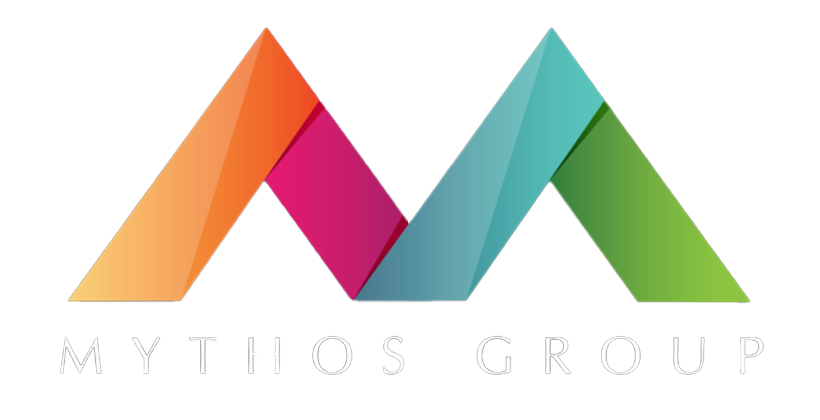Sales reps spend 2 hours per day actually selling. Two hours. The other six disappear into CRM updates, lead research, and administrative busywork that a smart intern could automate. If your account executive earns $100,000 annually, you’re paying $75,000 for glorified data entry.
Companies take an average of 17 hours to respond to web leads while buyers make decisions in minutes. Harvard Business Review found that leads contacted within five minutes convert at 100 times the rate of those contacted after just one hour. Yet only 7% of companies respond within five minutes.
Meanwhile, AI-powered sales teams achieve 391% higher conversions through instant response while 67% of traditional reps don’t expect to meet quota this year.
The Revenue Hemorrhage
Sales organizations hemorrhage revenue through systematic inefficiency. Representatives spend only 35% of their time actually selling while the rest vanishes into administrative tasks. This isn’t a motivation problem or training issue—it’s systematic revenue destruction built into traditional sales processes.
The numbers get worse. Companies take 17 hours to respond to web leads while buyers make decisions in minutes. Meanwhile, 67% of lost sales stem from poor qualification—not product issues or pricing problems, but basic failure to identify whether prospects can actually buy.
Your sales team chases unqualified leads because they lack time and tools to separate real opportunities from time-wasters. Harvard Business Review research demonstrates that 5-minute responses achieve 100x higher connection rates than 30-minute delays, yet 55% of B2B companies take longer than five business days to respond.
Organizations that combine sub-5-minute response times with AI-powered qualification achieve compound revenue effects far exceeding either capability alone. Microsoft’s 9.4% revenue improvement and ZoomInfo’s 60% meeting increase both correlate with instant response capabilities.
Your competitors using AI respond in seconds. They qualify leads instantly. They engage prospects while interest peaks. You respond tomorrow morning with a generic email asking for a phone call.
Machine Supremacy
The fundamental limitation of human-driven sales lies in cognitive capacity. Representatives process limited information, rely on incomplete data, and make decisions based on partial pattern recognition. Agentic AI systems analyze comprehensive data landscapes, identify subtle behavioral indicators, and predict outcomes with precision human cognition cannot achieve.
Gartner projects that by 2027, 95% of sellers’ research workflows will begin with AI, compared to less than 20% today. Microsoft’s Sales Qualification Agent exemplifies this evolution, enabling sellers to focus on highest-priority opportunities while AI researches leads, prioritizes opportunities, and guides customer outreach.
While your reps research one prospect at a time, AI systems analyze thousands of companies simultaneously, cross-referencing financial data, news events, technology adoptions, and buying signals that human processing simply cannot handle comprehensively. The system researches company backgrounds, analyzes recent financial filings, assesses technological infrastructure, and synthesizes buying propensity insights in seconds.
Real-world implementations demonstrate AI’s pattern recognition superiority. Pets at Home, the UK’s leading pet care business, created an AI agent for their profit protection team that drives seven-figure annual savings by efficiently compiling cases for human review. The system identifies patterns in claims data that human analysts consistently missed.
A human sales development rep might qualify 25 prospects per day. An AI agent analyzes thousands of companies simultaneously, identifies trigger events, and generates personalized outreach for hundreds of qualified prospects while your team sleeps. This explains why companies using AI report more aggressive hiring plans—they need more humans to handle the qualified opportunities AI generates.
Financial Impact And Proof Points
The financial returns follow a predictable pattern: productivity gains first, revenue acceleration second, cost optimization third. Organizations achieve 29% higher revenue growth with 11% greater go-to-market efficiency. Lumen Technologies projects $50 million in annual savings.
The ROI mathematics are compelling: organizations achieve $3.70 return for every dollar invested in sales AI, with top performers hitting $10.30 returns.
Microsoft provides the most comprehensive proof point. Their sales organization deployed Copilot across 30,000 sales professionals, requiring daily usage for six months. Results: high-usage sellers achieved 9.4% higher revenue per seller and 20% more closed deals. Daily usage across the organization generated a 5% pipeline increase.
Microsoft didn’t replace salespeople. They made them superhuman. The AI handled prospect research, competitive analysis, and meeting preparation. Human reps focused on relationship building and strategic conversations. Copilot generated meeting summaries, identified customer pain points, and recommended follow-up actions based on interaction analysis.
ZoomInfo’s platform shows similar results. Users book 55% more meetings and achieve 89% higher email response rates.
Industry-Specific Impact Patterns
Implementation results vary significantly by sector, revealing distinct adoption advantages:
Technology Companies achieve the highest immediate ROI, with software firms reporting 35% to 45% revenue improvements within 12 months. Digital-native customers expect instant responses and automated touchpoints, making AI adoption a natural fit. SaaS companies particularly benefit from AI’s ability to track product usage patterns and predict expansion opportunities.
Financial Services sees more conservative but sustainable gains of 20% to 25% due to regulatory requirements and risk management protocols. However, wealth management and insurance firms using AI for lead qualification report dramatic improvements in prospect quality and closing rates.
Manufacturing and Industrial organizations experience slower initial adoption but achieve 40% to 60% better long-term ROI. Complex B2B sales cycles benefit enormously from AI’s ability to track multiple stakeholders and buying committee changes over extended timeframes.
Competitive Intelligence Revolution
The strategic implications extend beyond operational efficiency to fundamental competitive advantage. AI-powered sales systems monitor market signals, competitor activities, and customer behavior patterns that human teams cannot track comprehensively.
The most profound advantage comes from information arbitrage: processing and acting on market signals faster than competitors. While traditional sales teams rely on periodic reports and manual research, AI systems continuously analyze news feeds, social media activity, financial filings, technology adoptions, and personnel changes across thousands of target accounts.
This enables predictive sales strategies. AI systems identify companies likely to enter buying cycles months before traditional indicators appear. They detect executive changes, funding events, and strategic pivots that signal purchase intent. Organizations leveraging this intelligence report dramatic improvements in outbound success rates.
Lumen Technologies transformed their sales preparation process using Microsoft Copilot, reducing the time for prospect research and account preparation from 4 hours to 15 minutes per seller. Cognizant streamlined their client quarterly business review workflow using AI, saving 90 minutes per task while enabling client success managers to spend more time with customers.
Strategic Implementation
Smart implementation requires three phases, not wholesale transformation.
Phase One: Foundation – Clean your CRM data first. AI systems amplify existing data quality—garbage in, garbage out applies. Establish consistent lead qualification criteria and data governance protocols before deploying autonomous agents.
Phase Two: Pilot – Start with specific use cases: lead qualification, response time automation, or territory optimization. Don’t attempt comprehensive transformation simultaneously. Focused pilots generate quick wins while building internal expertise and stakeholder confidence.
Phase Three: Scale – Expand successful pilots across broader sales operations with human oversight. This gradual approach allows refinement of AI configurations and development of best practices while addressing data security, algorithmic bias, and change resistance upfront.
The most successful implementations treat AI as cognitive partnership, not replacement technology. Representatives who learn to leverage AI insights while maintaining relationship-building skills achieve the highest performance improvements.
The Future State
By 2030, the sales intelligence gap will be so significant that manual processes become competitively obsolete. Single representatives will cover markets previously requiring entire teams. AI agents handle initial prospect research, qualification, and engagement across thousands of companies simultaneously, escalating only high-probability opportunities to human attention.
Revenue operations become dynamic systems rather than static planning exercises. AI systems adjust pricing strategies, reallocate resources, and modify outreach approaches based on market conditions and competitive intelligence updated continuously.
The $47.1 billion agentic AI market signals the reconstruction of how companies compete for revenue. Organizations that recognize this transformation early and commit resources to systematic implementation will define industry leadership for the next decade.
Your immediate action items: audit current sales productivity metrics, identify high-impact AI use cases, and begin pilot implementations this quarter. The companies that master autonomous revenue generation won’t simply outperform competitors — they’ll operate in entirely different competitive categories.







